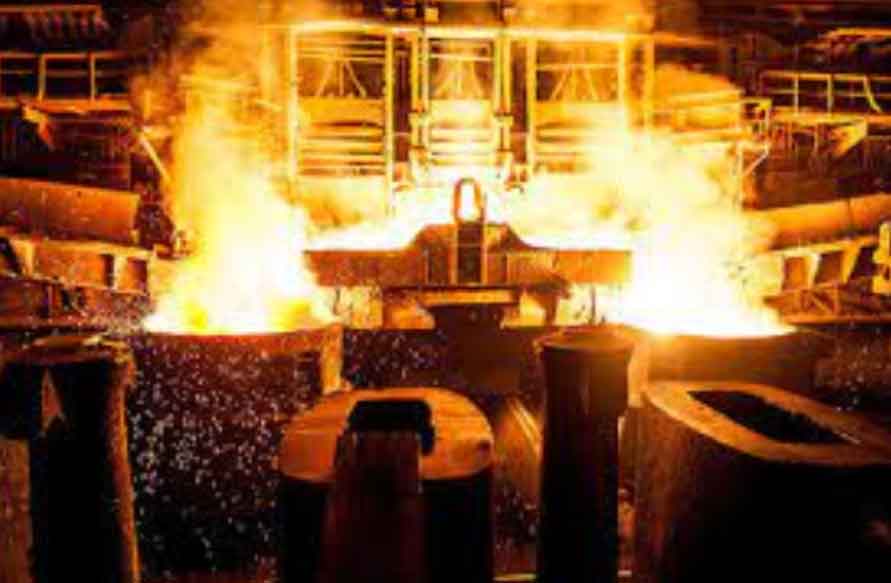
The journey of steel castings from foundry to functionality involves several stages, each crucial in shaping the final product. Here’s an overview of the key steps in this process:
- Design and Engineering: The journey begins with the design and engineering phase. Engineers collaborate with clients to understand their specific requirements and create detailed drawings or 3D models of the desired components. This stage involves choosing the appropriate steel grade, determining the casting method, and considering factors like tolerances, mechanical properties, and any post-casting treatments required.
- Pattern Making: Once the design is finalized, patterns are created. These patterns are exact replicas of the finished components and serve as molds for the casting process. Pattern makers use a variety of materials, including wood, plastic, or metal, to craft precise and durable patterns.
- Mold Preparation: The patterns are used to create molds in the foundry. The mold material can be made from sand, ceramic, or other materials, depending on the casting method. Mold preparation includes packing the sand around the pattern to create a cavity, ensuring proper gating and risering systems for molten metal flow, and applying coatings to prevent metal adhesion.
- Melting and Pouring: Steel, in the form of scrap or raw materials, is melted in a furnace to the desired temperature. Advanced furnaces, like electric arc furnaces (EAF) or induction furnaces, are used for precise temperature control and to remove impurities. Once the molten steel reaches the correct temperature, it is poured into the prepared molds.
- Solidification and Cooling: After pouring, the molten metal undergoes solidification within the mold. Controlled cooling rates and risers help prevent defects and ensure a uniform grain structure for optimal mechanical properties.
- Shakeout and Cleaning: Once the casting has cooled and solidified, the mold is removed through a process called shakeout. The casting is then cleaned to remove any remaining sand, gates, risers, and other debris.
- Heat Treatment (optional): Some steel castings may require heat treatment to enhance their mechanical properties. Processes like annealing, quenching, and tempering are used to achieve specific hardness, strength, and ductility.
- Finishing Operations: Post-casting operations, such as machining, grinding, or shot blasting, are performed to achieve tight tolerances and smooth surface finishes.
- Quality Inspection: Throughout the journey, quality control is of utmost importance. Various non-destructive and destructive testing methods, such as visual inspection, ultrasonic testing, X-ray examination, and mechanical testing, are employed to ensure that the castings meet the required standards and specifications.
- Final Product: After passing all quality checks, the steel castings are ready for their intended applications. They are integrated into machinery, vehicles, infrastructure, or other products, where they play a crucial role in enhancing performance, strength, and durability.
Throughout this journey, precision, expertise, and quality assurance are critical to producing high-quality steel castings that meet the demands of modern engineering applications. From designing and engineering to the final functional component, each stage requires skilled craftsmanship and advanced technology to achieve successful outcomes.
